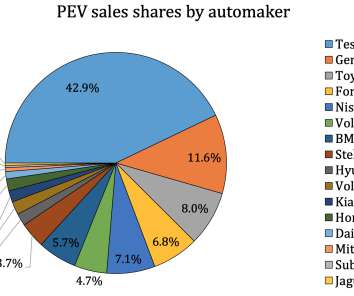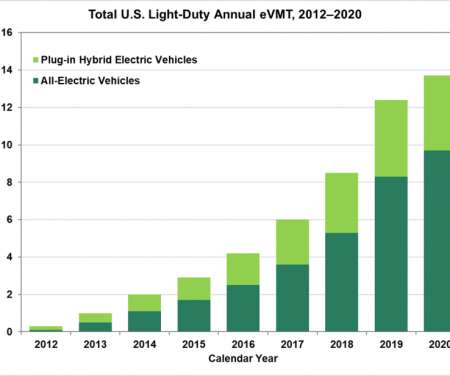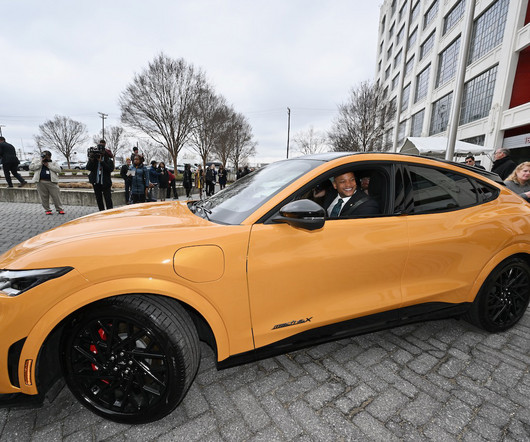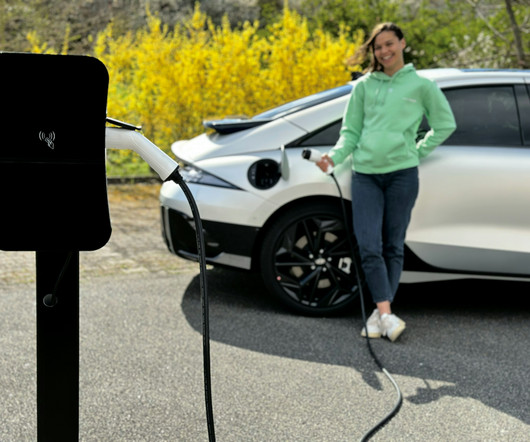Argonne report on characteristics of light-duty plug-in electric vehicles in US
Green Car Congress
NOVEMBER 22, 2022
A new report from a team at Argonne National Laboratory examines the changing characteristics for light-duty plug-in electric vehicles (PEVs) from 2010-2021, evaluating range, energy efficiency, costs, and performance. Sales shares of PEVs in the United States by manufacturer, 2011–2021. More than 2.1 Gohlke et al. Gohlke et al.











































Let's personalize your content